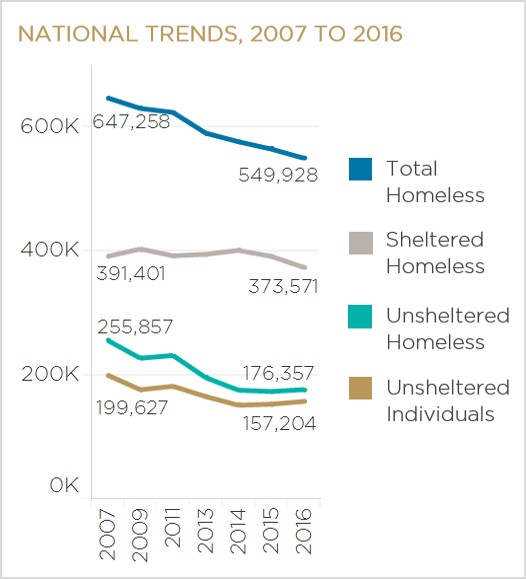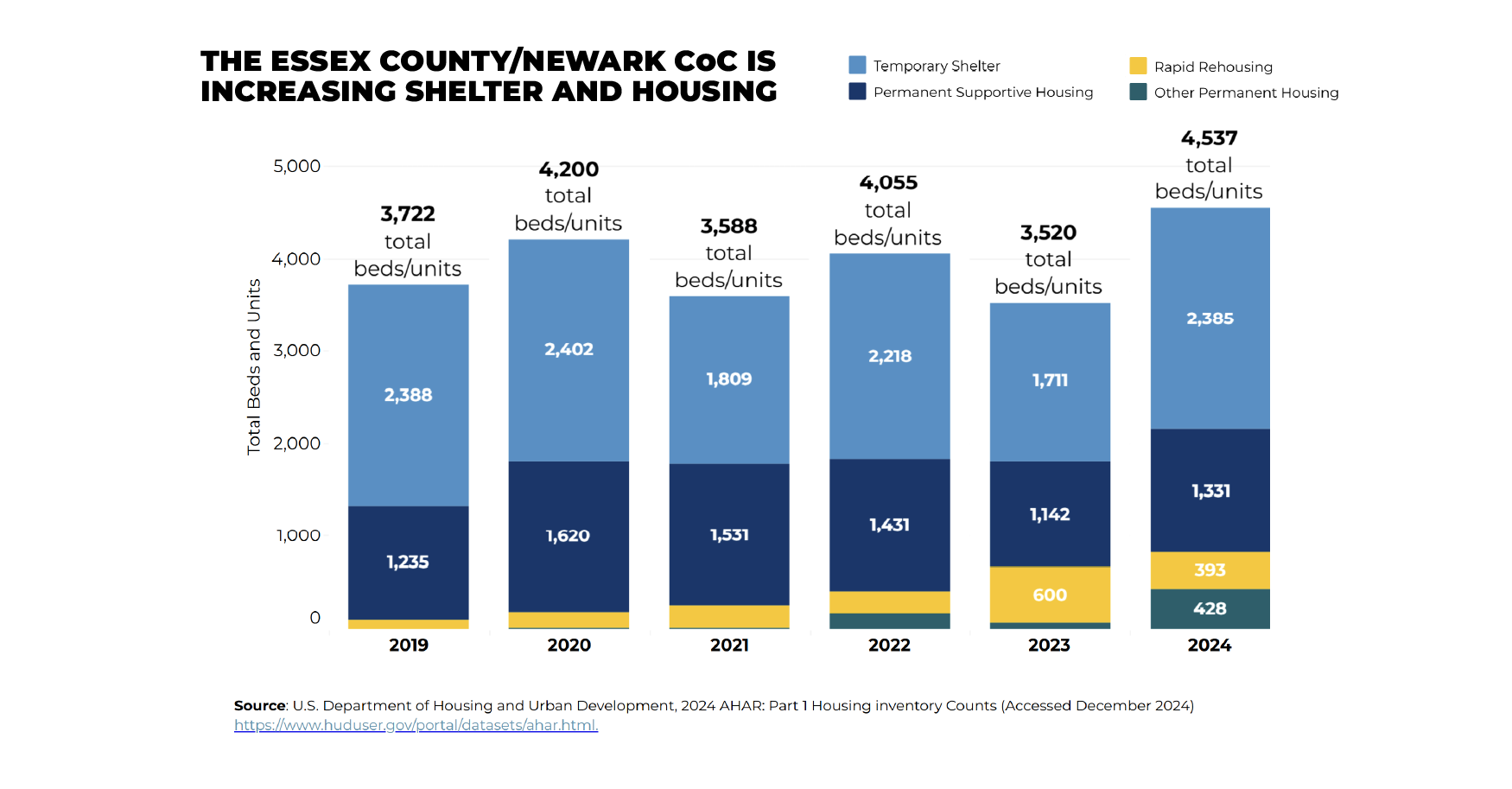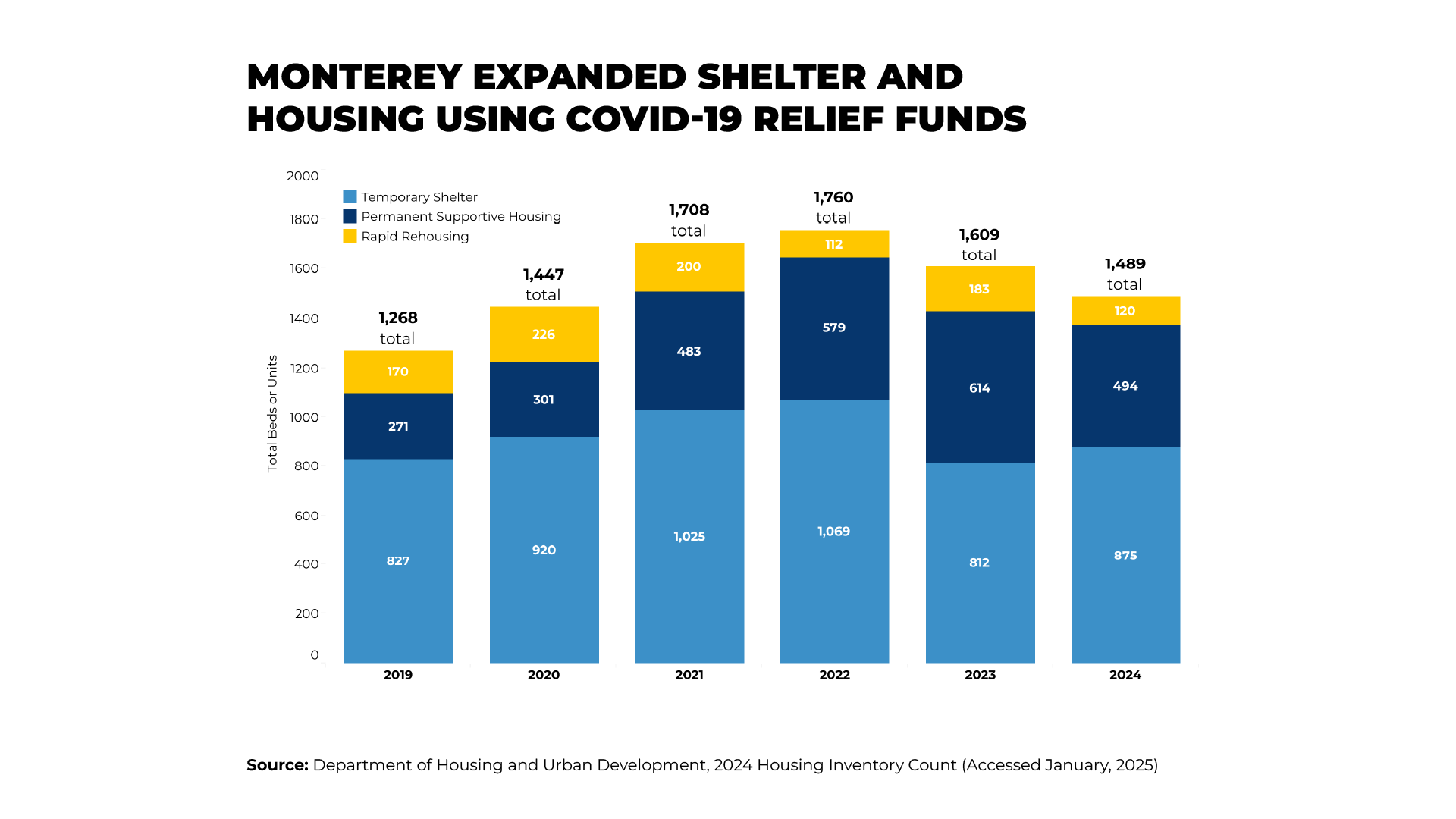People sleeping on park benches and street corners are the most visible reminder of the United States’ continuing struggle with homelessness. On any given night, over 175,000 people are unsheltered, sleeping outside or in places not meant for human habitation. On a positive note, unsheltered homelessness has been declining nationally for several years, but some jurisdictions, particularly some large cities, report increases.

A handful of CoCs reported 1,500 or more unsheltered individuals in 2016 and have reported consistently increasing numbers since 2011: Los Angeles, CA; San Francisco, CA; Seattle, WA; Oakland, CA; and Salinas, CA. Large increases were also reported in more recent years in San Diego, CA; Phoenix, AZ; Anaheim, CA; and throughout Hawaii and Puerto Rico.
The below and accompanying brief discuss possible causes of high rates or increasing counts and have implications for improving policies and practices. Data are from the U.S. Department of Housing and Urban Development and U.S. Census Bureau. Other information is from surveyed communities with large or increasing unsheltered populations, and members of the Alliance’s Leadership Council and Research Council.
WHAT INFLUENCES HIGH OR INCREASING UNSHELTERED COUNTS?
Housing Markets
Historically, homelessness has been found to correlate to low vacancies and high rents. Studies, however, have rarely focused on unsheltered homelessness in particular. Nevertheless, surveyed CoCs indicate their belief that the primary cause of increasing unsheltered counts is increases in market rents and decreases in vacancy rates or availability of units. An analysis of the number of units available to extremely low-income renters and the rate of unsheltered homelessness shows that states in the west and Florida, where unsheltered homelessness is most common, have among the lowest number of units available per 100 extremely low income renter households. This is an important finding that indicates the significant role affordable housing plays in the dynamics of homelessness. It is, however, also important to note that the low availability of units is not proportional to the rate of unsheltered or overall homelessness, indicating the connection between market variables and unsheltered homelessness may be real but is only one piece in a larger puzzle.
Homeless Assistance Resources
Surveyed CoCs identified a lack of homeless assistance resources for shelter (or permanent housing) as a driver of unsheltered homelessness. Since 2013, most CoCs that reported increases in permanent housing capacity also reported decreases in the number of unsheltered individuals. However, it is also true that others increased permanent housing and still saw unsheltered homelessness increase, and the magnitude of shifts in permanent housing does not consistently correlate with changes in unsheltered individuals. This indicates that it is likely that permanent housing alone is not sufficient to address unsheltered homelessness among individuals and that some attention must be paid to the level of temporary housing available for this population.
As of 2016, only three temporary beds (year-round emergency shelter or transitional housing beds) exist for every four people experiencing homelessness in the U.S., but the shortfalls are imbalanced, varying by geographic region and population served. States in the west and south have the largest shelter shortfalls, particularly for individuals experiencing homelessness. Almost no state has enough temporary beds for individuals. Individuals are 65 percent of people experiencing homelessness but only 49 percent of temporary beds are designated for individuals.
But will investing in more temporary housing result in less unsheltered individuals? Not necessarily. Trends in unsheltered individuals do not point to a clear answer here. Between 2013 and 2016, most CoCs that reported decreases in unsheltered homelessness also reported decreases in temporary housing capacity, and even in two fifths of CoCs that increased temporary housing capacity the number of unsheltered individuals increased as well.
Choice or Barriers to Assistance
Despite the role that the availability of assistance plays in the number of unsheltered individuals, even CoCs with almost enough shelter beds have individuals, especially chronically homeless individuals, who are unsheltered. There are a number of reasons individuals may avoid shelter, but research suggests there are some policies that make shelter less desirable, such as not allowing access for couples, pets, or those facing challenges with substance use or mental health.
STRATEGIES FOR CONSIDERATION
Based on the above analysis, there are some strategies that could be considered to better address unsheltered homelessness on the national, state, and local levels.
- All levels of government should invest more heavily in the development of affordable housing, with particular attention paid to the size of units (SROs, studios, and one-bedroom units being the most accessible for individuals) and to targeting the affordable housing that is developed to people whose income is at least below 30 percent of area median income.
- Invest in permanent housing solutions through the homeless system. These include rapid re-housing and permanent supportive housing. As seen above, some communities saw unsheltered homelessness decrease even with reported losses in temporary crisis beds. Ensure that unsheltered people can access housing directly from the streets.
- At a minimum, realign existing temporary housing resources to more proportionately serve unsheltered individuals and those experiencing chronic homelessness, particularly if a jurisdiction has empty family beds. Consider if there are low cost ways of creating more shelter opportunities for people by partnering with churches, making use of unused government buildings, and leveraging existing transitional housing facilities for short-term stays.
- Improve the operating policies at existing shelters and other temporary housing accommodations. These improvements could include lowering barriers to entry, remaining open 24 hours a day, providing a way to store belongings, and finding safe shelter for pets.
- Address substance use among the unsheltered population through outreach efforts which could include creating multi-disciplinary teams that can help people with substance use issues while outreach workers engage people in entering shelter and permanent housing programs.
- Explore ways to involve police in engagement rather than enforcement. Arrests may result where police lack better alternatives to help a person. Equip police to connect people with available resources like outreach workers and low barrier shelters.
Stay Updated: Solutions, Stories, and Ways to Make an Impact
Sign up to receive updates on the Alliance’s work, including the latest research, advocacy efforts, and real stories of progress — plus ways you can help drive lasting change.













